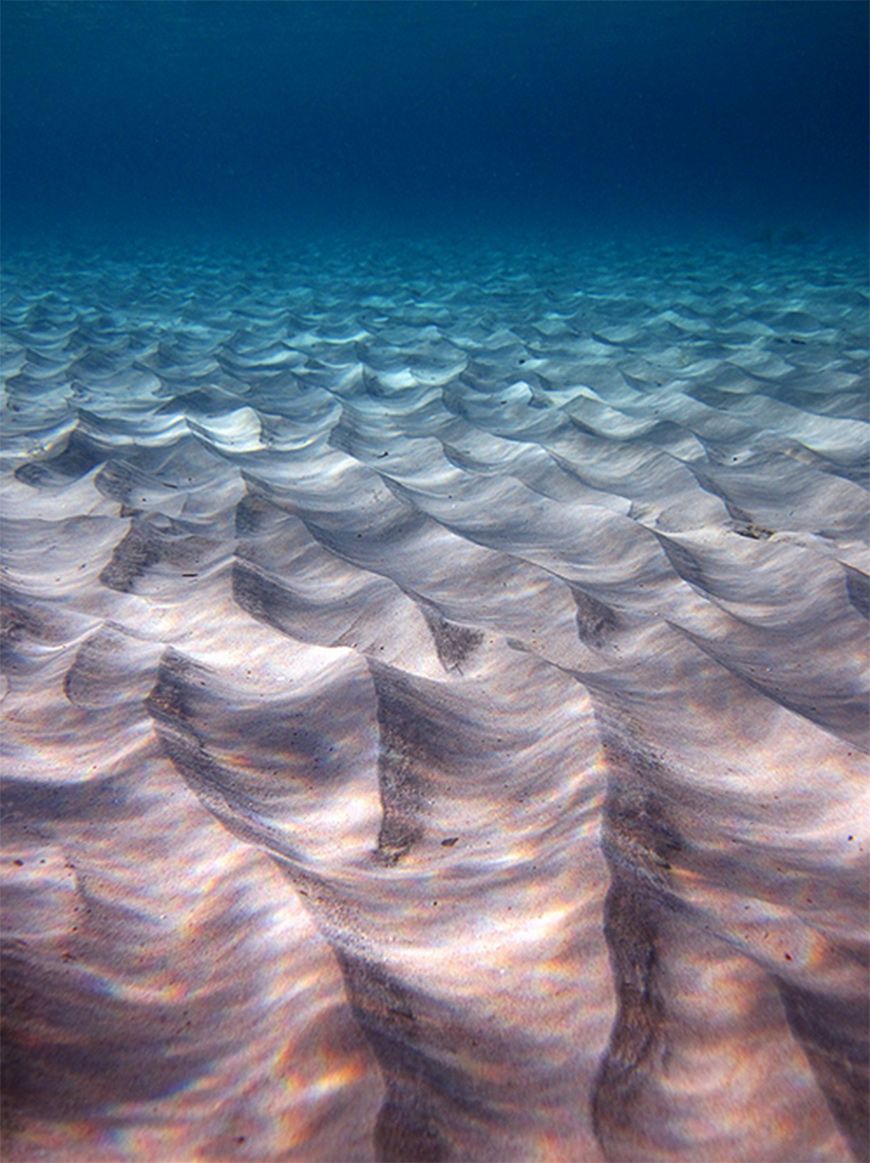Sand In The Ocean Floor

The deep sea floor.
Sand in the ocean floor. Back in 1977 a very interesting discovery was made on the deep ocean floor where no light penetrates. They couldn t possibly because in most areas where fixed platform oil rigs are located the sand and silt may be miles deep. It lives mainly in the atlantic ocean but can also be found in the indo pacific ocean area. In recent years satellite images show a very clear mapping of the seabed and are used extensively in the study and exploration of the ocean floor.
This graphic shows several ocean floor features on a scale from 0 35 000 feet below sea level. Sand forms when rocks break down from weathering and eroding over thousands and even millions of years. Worldwide thousands of ships vacuum up millions of tonnes from the seabed each year tearing up habitats. Seabed contains several hundred years worth of cobalt and nickel.
Climate change and past extinctions. The process that continually adds new material to the ocean floor is seafloor spreading and the continental slope. The uk for instance gets about one fifth of the nation s sand from the ocean floor. This species is an ambush predator and hunts by burrowing its whole body in soft sediment on the ocean floor and waits until nearby prey is picked up on one.
They are then sunk into an upright position. First oil rig platforms do not set on truly solid rock. What have oceanographers determined from analyzing sea floor cores. While most life on this planet requires sunlight to live there is an.
Often starting thousands of miles from the ocean rocks slowly travel down rivers and streams constantly breaking down along the way. Rocks take time to decompose especially quartz silica and feldspar. The following features are shown at example depths to scale though each feature has a considerable range at which it may occur. Eunice aphroditois is a bristle worm ranging from less than 10 cm 4 in to 3 m 10 ft long that inhabits burrows it creates on the ocean floor.
Divers first spotted the elaborate circular patterns spanning more than six feet on the ocean floor in 1995. Continental shelf 300 feet continental slope 300 10 000 feet abyssal plain 10 000 feet abyssal hill 3 000 feet up from the abyssal plain seamount 6 000 feet.


















